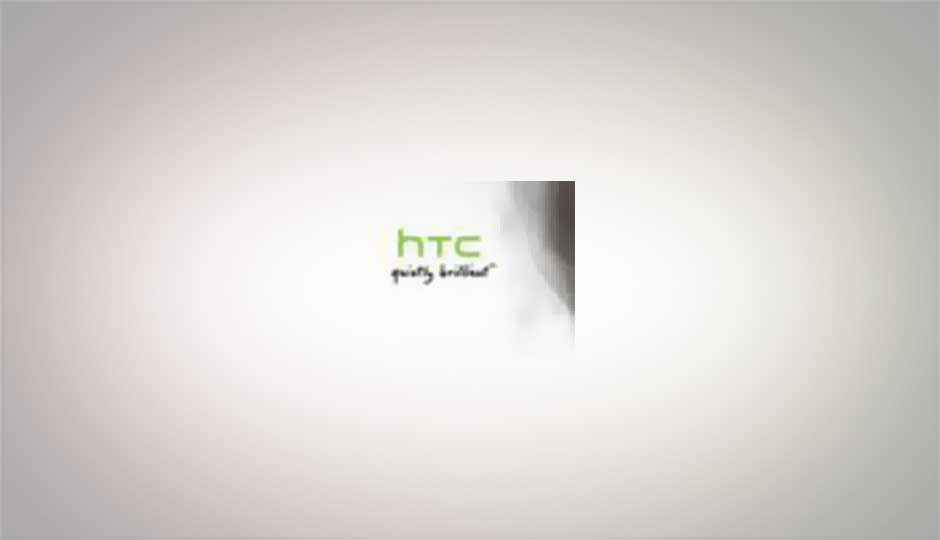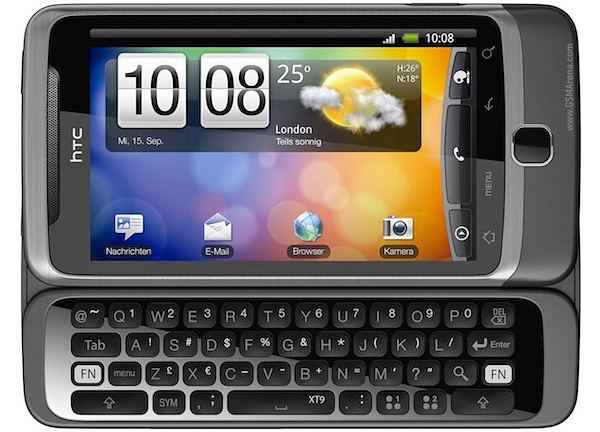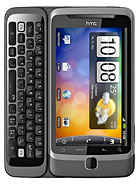Insatiable, HTC reveals its Desire HD and Desire Z

HTC has gone ahead and launched one of its most awaited phones, the HTC Desire HD, as well as a new surprise, the HTC Desire Z, which features a spring-assisted sliding QWERTY keyboard. Both phones are Android 2.2 or Froyo-based, and feature HTC’s acclaimed UI, HTC Sense, onboard. The two phones will become “broadly available through mobile operators and retailers across major European and Asian markets from October 2010.” While HTC did not officially release the prices of the devices, online retailers have leaked the pre-order prices, which stand at £460 for the Desire HD and £429.99 for the Desire Z. Both phones have done away with the hardware control buttons of the original Desire, resorting to the more conventional touch sensitve Android control panel buttons, though they do retain the optical trackpad.
Alongside with the launch announcement, HTC also inaugurated its new site, HTCSense.com, which allows people to “manage their mobile phone experience from their HTC phone or personal computer.” Features are similar to the BlackBerry Protect options or Windows Phone Live, and they include remote handset ringing, locating, locking, wiping, and even call/message diverting. HTCSense.com will also allow for synching of contacts, text messages, or call history from a PC browser, and to setup a new HTC phone. The site also features exclusive HTC wallpapers, scenes, sounds or plug-ins.
According to the company, other new features of HTC Sense will apparently take the “the HTC Sense experience beyond the phone to a whole new level with a series of connected HTC services”. This includes HTC Locations for on-demand mapping with pre-cached maps, a “new integrated online e-reader experience” powered by the Koboä store, and a “new mobile-optimized e-reader” with features such as highlighting, annotation and translation.
HTC Desire HD
.jpg)
Expected to be large, the HTC Desire HD’s screen really is huge, measuring in at an incredible 4.3-inch. The display is unfortunately regular LCD instead of the new SuperLCD (SLCD) screens on the Desire and Desire Z. This is probably a sign of a SLCD shortage, especially on this large size. Those who’ve seen the device first hand however, say the screen is quite bright, though its blacks are not as deep as AMOLED. The screen has a resolution of 480×800, and can support up to 16M colours. The phone features an 8MP camera with dual LED flash capable of 720p HD video recording, and it is powered by the new 1GHz Qualcomm 8255 Snapdragon processor. SRS virtual sound and Dolby Mobile onboard will presumably deliver exceptional audio quality. The Desire HD’s unibody is constructed entirely out of aluminium, making it lightweight and scratch-resistant. Another new feature on the device is HTC Fast Boot, which allows users to access emails and messages, or even make calls, before the phone is completely powered up. The phone features 768MB RAM, and 1.5GB ROM. Check out the specifications on the next page, conveniently compared to the HTC Desire Z.
HTC Desire Z

Also featuring the new HTC Fast Boot, the HTC Desire Z features a pop-hinged QWERTY keyboard that allows the phone to remain relatively thin, and has a “variety of keyboard shortcuts and two customizable keys for providing instant access to common functions without the need to open menus”. The Desire Z has a 5MP camera instead of an 8MP one, but somehow manages to still provide 720p HD video recording facility. The phone is powered by an 800MHz Qualcomm 7230 processor that will apparently provide great battery life as well as solid performance. The phone features 512MB RAM, and 1.5GB ROM. Check out the specifications on the next page, conveniently compared to the HTC Desire HD.
Read on to see the specifications of the two new phones, and how they rack up against each other…
|
Model |
Desire HD |
Desire Z |
|
|
 |
 |
|
2G Network |
GSM 850 / 900 / 1800 / 1900 |
GSM 850 / 900 / 1800 / 1900 |
|
3G Network |
HSDPA 900 / 2100 |
HSDPA 1900 / 2100 |
|
Dimensions |
123 x 68 x 11.8 mm |
119 x 60.4 x 14.2 mm |
|
Weight |
164 g |
180 g |
|
Display |
4.3-inch LCD TFT capacitive touchscreen with 480×800 pixels resolution, and 16M colour support |
3.7-inch SLCD TFT capacitive touchscreen with 480×800 pixels resolution, and 16M colour support |
|
Sensors |
Accelerometer, proximity sensor, touch sensitive control panel, optical trackpad, and multi-touch input |
Accelerometer, proximity sensor, touch sensitive control panel, optical trackpad, QWERTY keyboard, and multi-touch input |
|
Camera |
8 MP, 3264×2448 pixels, autofocus, dual-LED flash, geo-tagging, face detection; video 720p HD recording |
5 MP, 2592×1944 pixels, autofocus, LED flash, geo-tagging, face detection; video 720p HD recording |
|
CPU |
Qualcomm Snapdragon QSD8255 1 GHz processor |
Qualcomm MSM 7230 800 MHz processor |
|
OS |
Android OS, v2.2 (Froyo), with HTC Sense |
Android OS, v2.2 (Froyo), with HTC Sense |
|
RAM |
768MB RAM, 1.5GB ROM |
512MB RAM, 1.5GB ROM |
|
Storage |
microSD, up to 32GB |
microSD, up to 32GB |
|
Connectivity |
Bluetooth v2.1 with A2DP, Wi-Fi 802.11 b/g/n, microUS v2.0, |
Bluetooth v2.1 with A2DP, Wi-Fi 802.11 b/g/n, microUS v2.0, |
|
GPRS |
Class 10 (4 1/3 2 slots), 32 – 48 kbps |
Class 10 (4 1/3 2 slots), 32 – 48 kbps |
|
EDGE |
Class 10, 236.8 kbps |
Class 10, 236.8 kbps |
|
3G |
HSDPA, 7.2 Mbps; HSUPA, 2 Mbps |
HSDPA, 7.2 Mbps; HSUPA, 2 Mbps |
|
Audio support |
3.5mm audio jack, stereo FM radio with RDS; MP3/AAC /WAV/WMA9 formats |
3.5mm audio jack, stereo FM radio with RDS; MP3/AAC /WAV formats |
|
Video support |
MP4/H.263/H.264/WMV9 formats |
MP4/H.264 formats |
|
GPS |
Yes, with A-GPS support |
Yes, with A-GPS support |
|
Colours |
Black, Brown |
Black |
|
Java |
Via third party application |
Via third party application |
|
Battery |
Standard battery, Li-Ion 1230 mAh |
Standard battery, Li-Ion 1300 mAh |
